Two Years On: Gaza Endures the Unthinkable
Two years have passed since Gaza fell under one of the most devastating and prolonged military assaults in modern history. The war has carved a wound deep through its land, people, and the collective conscience of humanity. On this grim anniversary, Gaza’s streets remain cloaked in dust and silence — a silence heavy with loss, endurance, and resilience.
According to the Palestinian Health Ministry, more than 67,000 Palestinians have been killed inside Gaza since Israel began its offensive on October 7, 2023. Among the dead are over 20,000 children, nearly 2% of Gaza’s child population, and more than 10,000 women — including thousands of mothers. Another 168,000 people have been wounded, many with life-altering injuries usually seen only among soldiers in combat. Thousands more have died from hunger, lack of shelter, and the collapse of healthcare. A Lancet study estimates that life expectancy in Gaza may have fallen by half in the first year of the war.
What was once a vibrant coastal enclave of 2.1 million people has been reduced to rubble. Gaza’s skyline — once dotted with apartment towers, mosques, and bustling markets — now lies broken. The UN Satellite Centre reports that more than 102,000 buildings have been destroyed and nine out of ten homes have been damaged or flattened. Entire towns such as Khan Younis, Beit Lahia, and parts of Gaza City have been erased, leaving only the remnants of walls and the echoes of lives lived within them.
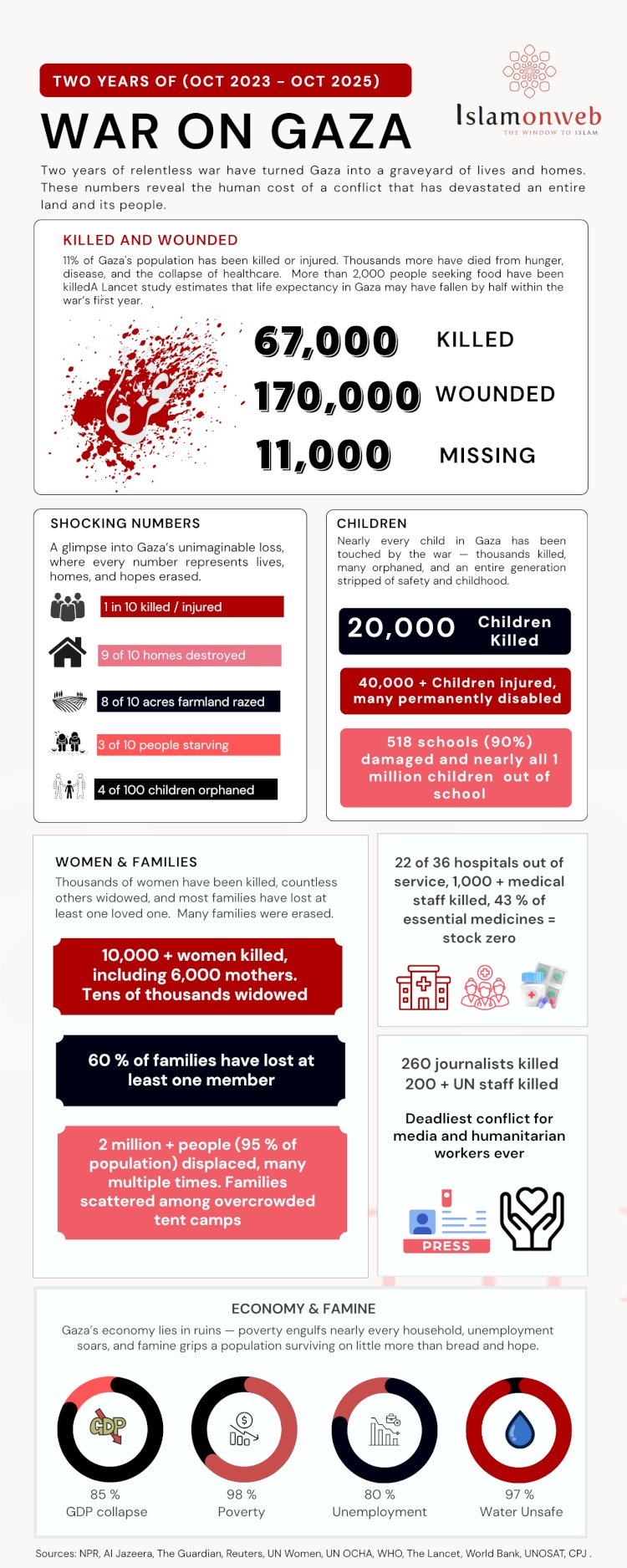
Even on the war’s anniversary, Israeli bombardments continue. Airstrikes and tank fire were reported across central and northern Gaza, forcing families to flee yet again — often for the fourth or fifth time. The air remains thick with dust, fear, and a sense of abandonment that no ceasefire promise can erase.
The United Nations describes Gaza as facing one of the worst humanitarian disasters of the 21st century. Over 95% of its 2.1 million residents have been displaced. Tens of thousands live in makeshift tents, with little access to clean water or medical care. The health system has collapsed — 22 of Gaza’s 36 hospitals are out of service, electricity is scarce, and doctors perform surgeries without anesthesia. 1,000 medical workers have been killed, while remaining staff operate under unimaginable pressure.
UNICEF warns of a “lost generation.” Almost all of Gaza’s one million children are displaced, malnourished, and traumatized. Schools are in ruins — 518 schools (around 90%) have been damaged or destroyed — and children spend their days searching for food amid rubble or standing in aid queues that stretch for blocks. Psychologists describe a wave of nightmares, anxiety, and panic among Gaza’s children, whose earliest memories are of drones and funerals.
The war has also obliterated Gaza’s economy. According to the World Bank, the territory’s GDP has contracted by more than 85%, while 98% of the population now lives in poverty. Unemployment exceeds 80%, and famine was officially declared in August 2025, with at least 460 people, including 154 children, dying of starvation. Bread, once a staple, is now a symbol of survival.
International condemnation continues to grow. Cardinal Pietro Parolin, the Vatican’s Secretary of State, described Israel’s ongoing offensive as “an unmistakable massacre of a trapped population.” Amnesty International and Human Rights Watch have renewed calls for investigations into alleged war crimes, citing widespread evidence of collective punishment and disproportionate force. Yet, despite global outrage, meaningful intervention remains elusive. Gaza’s borders are sealed, its ports blockaded, and its skies controlled — leaving an entire population trapped between rubble and restriction.
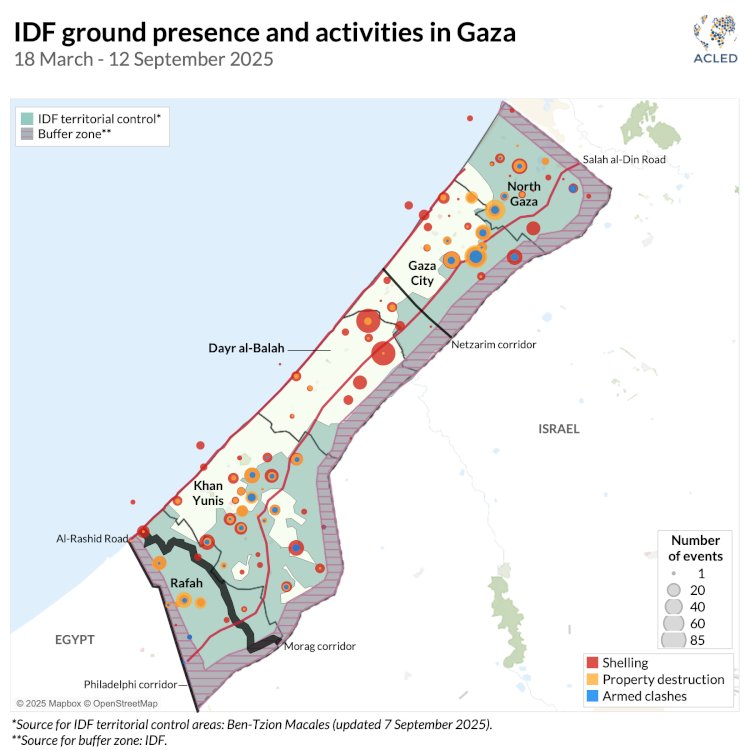
Across the globe, millions have raised their voices. From Jakarta to Johannesburg, London to Istanbul, protesters marked the anniversary demanding justice and an end to the siege. Streets filled with cries of “Ceasefire now!” and “Free Gaza!”, echoing a universal plea for humanity. On the seas, solidarity met resistance: the Global Sumud Flotilla, a convoy of international activists carrying humanitarian aid to Gaza, was intercepted by Israeli naval forces earlier this month. Organized by the Freedom Flotilla Coalition, the ships — crewed by doctors, journalists, parliamentarians, and volunteers from over forty countries — were seized before reaching Gaza’s shores. Human rights groups, including Amnesty International, condemned the interception as an unlawful act to prevent aid and silence global solidarity. Yet, even in detention, participants vowed to continue their mission. Named Sumud — Arabic for steadfastness — the flotilla has become a powerful symbol of Gaza’s own enduring spirit: defiant, hopeful, and unbroken.
And within Gaza itself, life persists. Worshippers gather amid the ruins, mothers light fires to cook meagre meals, and children draw homes on broken walls — sketches of what they remember and hope to rebuild. Every act of survival becomes an act of resistance, a quiet declaration that Gaza still breathes.
Renowned American photographer Steve McCurry, celebrated for his 1984 portrait “Afghan Girl,” reflected on this enduring spirit. Speaking to Anadolu Agency in Istanbul, where his latest exhibition “The Haunted Eye” is on display, McCurry said, “The people in Gaza are displaying their resilience and fortitude and pushing forward and being as positive as they can despite the hardship.”
Although foreign photographers are barred from entering Gaza, McCurry said he has been deeply moved by the images emerging from the enclave, adding, “They have that fortitude to remain and not to be defeated.” Drawing a parallel between his iconic Afghan subject and Gaza’s people, he observed, “If there’s a connection between the Afghan girl and Gaza, perhaps it’s in that same look — the resilience and sense of fortitude that refuses to fade.”
Sources
-
NPR — “October 7: Two Years of War Between Israel and Hamas Have Devastated Gaza” (7 Oct 2025).
npr.org/2025/10/07/g-s1-92367/october-7-two-years-gaza-war-israel-hamas-palestinians -
Al Jazeera — “Two Years of Israel’s Genocide in Gaza – By the Numbers” (7 Oct 2025).
aljazeera.com/news/2025/10/7/two-years-of-israels-genocide-in-gaza-by-the-numbers -
The Guardian — “The Ruin of Gaza: How Israel’s Two-Year Assault Has Devastated the Territory” (7 Oct 2025).
theguardian.com -
Reuters — “In Gaza War, Tens of Thousands Killed and Widespread Destruction” (7 Oct 2025).
reuters.com -
UN Women — “UN Women Estimates Over 28,000 Women and Girls Killed in Gaza Since October 2023” (May 2025).
unwomen.org -
UN OCHA & UNICEF — Humanitarian Situation Updates for Gaza (Oct 2025).
ocha.org | unicef.org - WHO & The Lancet — Gaza Health System Collapse Reports (2024–2025).
who.int | thelancet.com -
UNOSAT (UN Satellite Centre) — Gaza Damage Assessment and Mapping (2025).
unitar.org/unosat -
Committee to Protect Journalists (CPJ) — “Deadliest Conflict for Journalists on Record” (2025).
cpj.org
Disclaimer
The views expressed in this article are the author’s own and do not necessarily mirror Islamonweb’s editorial stance.

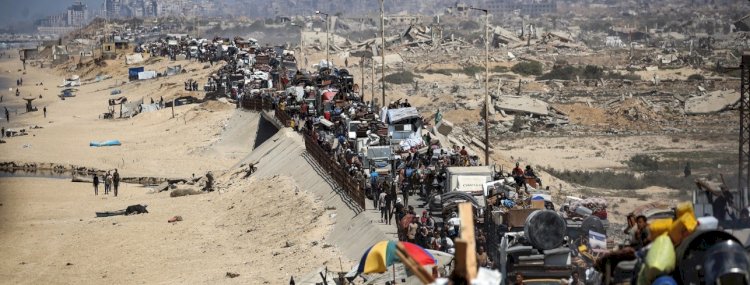


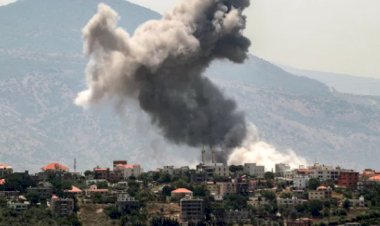


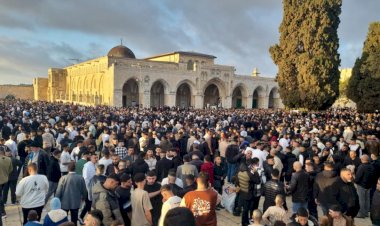

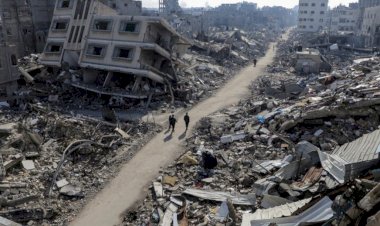











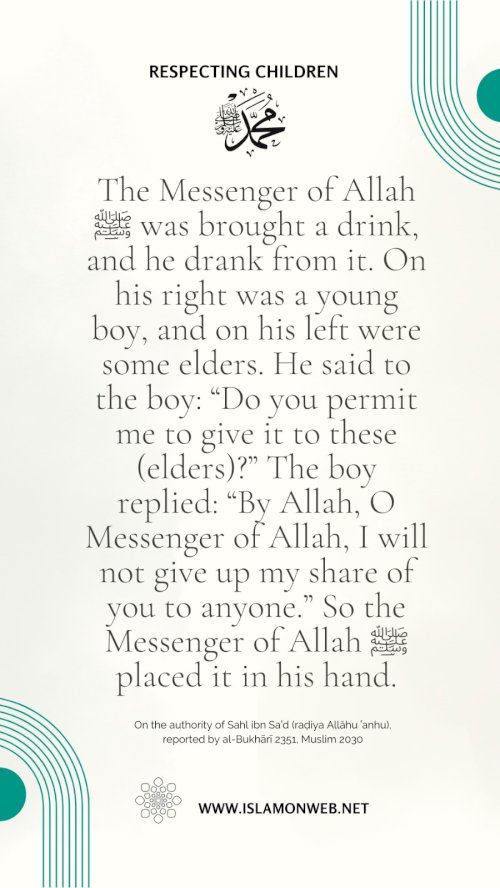


Leave A Comment